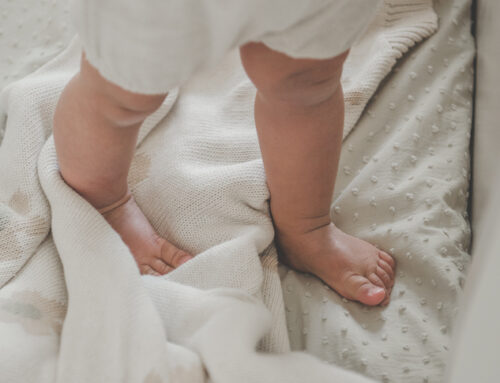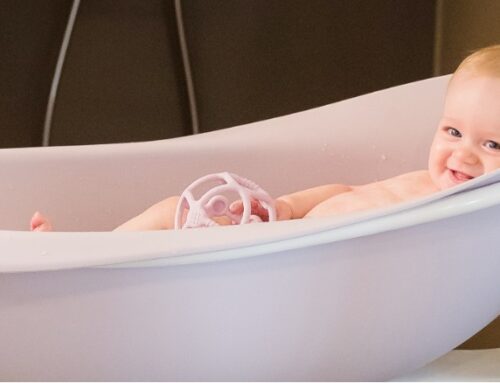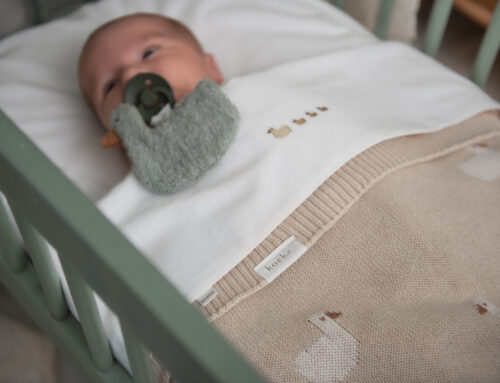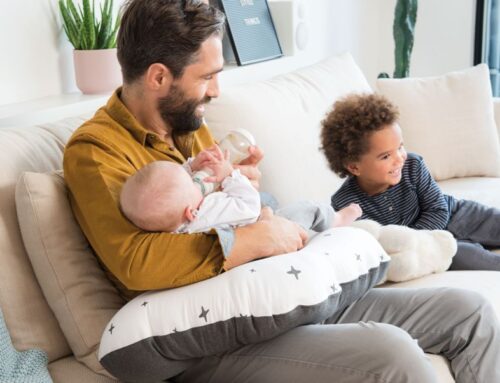Parents are becoming increasingly mobile, and so the demand for strollers is growing worldwide. But because young parents with children like to travel light and without hassle, their wishes regarding the transport of children have changed. In this article, we take a closer look at the international market and latest trends. We also consulted our own stroller market about popular models, what has changed in terms of buying behaviour and ordering procedure since the pandemic, current supply and the second-hand market.
International research figures stroller market
Let’s start with some international research figures. Grand View Research, an American research company, analyzed the global buggy market in 2019. The global turnover in this baby product category amounts to USD 2 billion. Key points in the stroller market are improved technology and the ability to deliver customized solutions to consumers. Leaving the effects of COVID-19 aside for a moment (ed.), millennials travel a lot and also with their children, but they like to do this as easily as possible. This means that there is more demand for compact, flexible stroller models.
A growing demand for strollers
Asian countries such as India, China and Bangladesh are experiencing increasing birth rates and thus a growing demand for strollers. In countries where people live in small flats or living quarters, such as Japan and India, there is a lot of interest in travel systems. Internationally, more and more women have a job. They need to be able to transport children more easily from home to day care and back again. In their search for suitable means of transport, strollers also come into play. And then there are the families who, for environmental reasons, prefer to leave the car at home and look for alternatives such as a stroller.
Lightweight strollers, sales through specialized shops
This international survey also shows that 35 percent of sales can be attributed to lightweight strollers. Most likely, these are buggy-like models. Another striking conclusion of this US study is that 55.4 per cent of sales are made through specialist retailers (2018 figures). Internationally, there appears to be a need for a ‘one-top-shop experience’. This is easier for parents and takes less time. The global market is dominated by North America with a share of 35.7 per cent of the total revenue. In this continent, there is a growing number of single parents and, as a result, increasing pressure to combine work and family life in a good way. According to the researchers, it is precisely strollers that help to make the process of transporting a baby a little easier.
From medium-sized family businesses to international brands
In the Netherlands, the market was dominated for many years by a number of reputable family businesses. For example Van Delft, Koelstra, Riemersma, Van Werven and Mutsy. Unfortunately, there are only a few of them left. Mutsy recently filed for bankruptcy. An incredible amount has changed in the stroller market. Production moved to China and a lot of knowledge and technology was transferred with it. The Netherlands is too small a market, so companies soon started to cross borders. Whereas foreign brands were previously unable to compete with Western European brands, nowadays foreign brands look just as trendy and are just as safe as our Dutch strollers. Besides the introduction of a number of new Dutch brands, more and more foreign brands are setting foot on Dutch soil. As a result, the number of stroller brands has increased enormously and so has the competition. Without large investors, a small family business cannot survive, even if its stroller models are iconic, progressive, fashionable and equipped with the latest technology.
The pandemic and its impact on shop sales
The corona crisis forced many shops to close down. So how do you reach the consumer? Smart manufacturers provided comprehensive information on their own websites, offered clear product videos and live chats. Instead of an offline demonstration in-store, consumers oriented themselves directly to brands online and strollers were sold more online. Now that the shops are open again, we have to ask ourselves whether this changing orientation and buying behaviour has not changed permanently. Online orientation may be possible with existing models that are not too complicated, but what about new strollers? Young parents will want to experience the strollers and buggies for themselves. The experience and perception of shopping can hardly be reflected online.
What will the future bring? These are the trends in the stroller market
First trend: Compact strollers and travel systems
The responses we received from the market show that compact and flexible strollers are the future. Instead of one stroller with separate accessories, parents are open to travel systems, combi strollers or 3-in-1 strollers. This way, parents buy a frame with a carrycot, a stroller insert and a car seat in one. If it can be expanded with the arrival of a second child, that would be a definite plus. This trend will blur the dividing line between stroller and buggy. This is not necessarily a bad thing, but it does affect the room to move of babies that are still growing. Ergonomist Brecht Daams wrote an appropriate column about this.
Second trend: Technical tour de force
The stroller market is always watching developments in the bicycle industry. When the e-bike made its appearance, stroller manufacturers explored the possibilities of how to incorporate this technology into strollers. Introduced in 2020, the Cybex e-Priam is the first electronic stroller with a rechargeable battery that provides a little support when going up or downhill, or when pushing is just hard. Sensors in the push bar detect that you are pushing a stroller and switch on the support. It’s not a cheap stroller because of the technology and quite heavy because of the battery, but definitely revolutionary and it steals the show in the shop! Whether other brands will follow remains to be seen. Because a stroller doesn’t need to go fast and we don’t have many hills here…
Third trend: Multifunctionality
Another trend we see is that strollers are becoming more multifunctional. Thule Chariot, Thule Urban Glide and Cybex Zeno are great examples. Strollers that allow you to take your child out in any season of the year and that are geared towards actively taking your children outside. Think of jogging, running, cycling and even cross-country skiing. With the Zeno, Cybex adds something extra: a pull with which you can pull the pushchair behind you without hands when you run. The adjustable floor ensures correct distribution of the child’s weight when choosing a transport method.
Fourth trend: Sustainability
Instead of buying and owning products, the sharing economy is emerging. Look at the emerging leasing schemes for strollers and nursery furniture in our market! It has been a while since the revolutionary Green Tom, made of recyclable materials and local production, made its appearance. By now, most stroller brands have some sustainability in their genes, such as incorporating recyclable materials like PET bottles in their upholstery. Consideration is being given to the reuse of parts and the use of screws instead of rivets for easy replacement.
GOTS certified stroller
The only GOTS certified stroller we know is Naturkind from Austria. They make ecological, sustainable strollers that are handmade in their own workshop. Naturkind only uses healthy, natural materials such as organic cotton, organic sheep’s wool, wood, cork and coconut fibres. Another green stroller that was introduced this year and won the Green Award of the Baby Innovation Award election, is the Belly Button by Hartan. All materials of this stroller are 100% recyclable. The outer fabric and accessories are made of 100% PET yarn and the inner fabrics of 100% organic cotton. Strollers are only made to order (no stock, the raw materials come from Europe) and the organisation is very transparent about the ‘green’ working methods in the factory.
We also asked different brands several questions about the stroller market. The answers were published in the September issue 2021 of BabyWereld.








